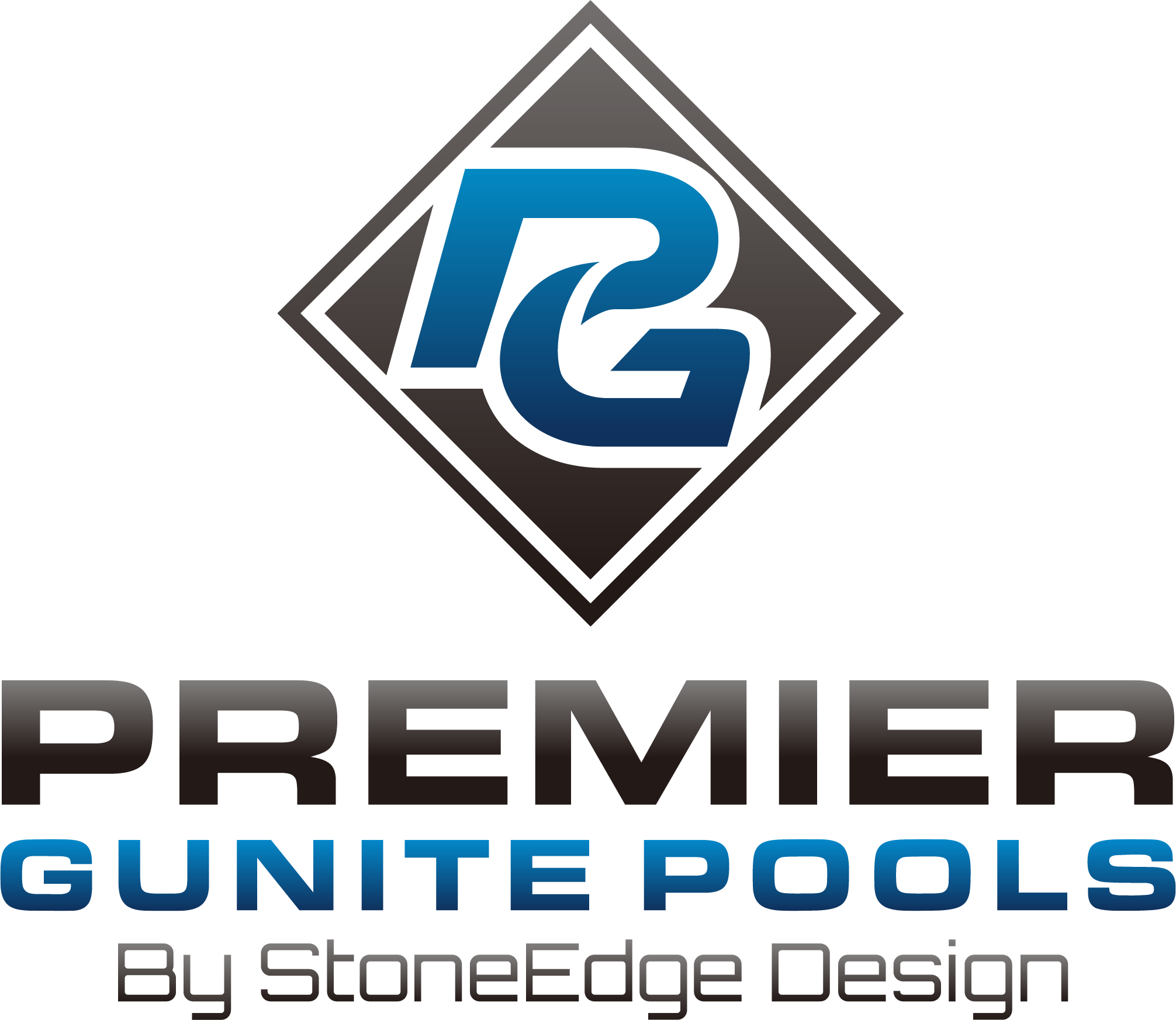What Is Hydroseeding and How Your Tiverton, RI, Lawn Can Benefit From It
Everyone with a lawn knows the kind of work it takes to keep it looking verdant and healthy. If a portion of your lawn has died due to drought, insects, or disease, you’ll want to restore it as quickly as possible because simply throwing some grass seed on the ground is an open invitation to weeds - and, seeding takes a lot longer for grass to become established. Hydroseeding is a great alternative that speeds up the process of creating a thick, lush lawn. Let’s discuss what is hydroseeding and how your Tiverton, RI lawn can benefit from it.
What Is Hydroseeding?
Hydroseeding is a method of applying grass seeds and nutrients mixed together in a slurry that is sprayed from a hose onto prepared soil. On the surface of the exposed soil, the water helps the seeds and the nutrients absorb into the soil; and yet, because it’s a slurry, fewer seeds will wash downstream.
You have likely seen hydroseeding before: that vibrant green stuff sprayed onto hillsides, anywhere grass needs to establish quickly. It is popular in many commercial spaces as well as along the side of a highway where recent landscape renovations have taken place.
Hydroseeding is especially effective at spurring growth in an area where the soil has been completely exposed. However, it can also be used to fill in sparse or struggling lawns. This will bolster the growth of existing grass, as well as helping new shoots establish in the soil.
What are the Other Methods of Installing a Lawn?
Growing a lawn in soil requires one of four methods: seeding, applying fresh sod, installing plugs, or sprigs.
Seeding: Manually adding dry seed to a lawn is an inconsistent process. It’s difficult to effectively disperse grass seed. It’s practically impossible to determine which seeds will germinate. Seeds are also vulnerable to washing downstream or being eaten by birds and rodents. As opposed to hand-tossing seeds on the ground, hydroseeding has proven to be consistent and effective.
Sod: Sod is fully grown grass that has been cut and placed in rolls in order to transport to a location where it’s needed. Sod is carefully grown in a controlled setting to maturity, ensuring that the even growth has the best chance of applying to your soil. It does create an “instant” lawn, but it is the most expensive method.
Plugs: Plugs, as they’re known in the industry, are individual grass plants that are installed as needed in a lawn in order to stabilize the soil surface and spur growth. While sod replaces an entire section of grass, plugs are only applied to specific areas that need filling in. Because they are not supported by built-in nutrition, plugs need to be nurtured until they become established.
Sprigs: Sprigs are smaller versions of plugs, filling in the small spaces between grass plants where soil has been exposed. As with plugs, sprigs need to be nurtured with consistent watering and fertilizer before they grow deep roots in the soil.
Why Is Hydroseeding Better?
Hydroseeding is an effective solution for quickly sealing a soil surface and growing a lawn. With the added nutrients, water, oxygen, and sunlight, the grass seeds will quickly spring into action and stabilize the soil. Exposed soil always invites weeds, and is vulnerable to erosion.
Hydroseeding will help control erosion in your landscape, assist with preventing weed growth, and bolster existing lawn growth. It’s one of the fastest and most consistent solutions for installing a lawn along with applying fresh sod. However, hydroseeding is considerably cheaper than buying and installing fresh sod. Your lawn will never look better.
Related: Why Project Management Matters When Looking for Landscapers Near Me in Newport and Portsmouth RI

